Educating Residents in Abdominal Wall Closure: An Overview
- PMID: 38312420
- PMCID: PMC10831644
- DOI: 10.3389/jaws.2023.12159
Educating Residents in Abdominal Wall Closure: An Overview
Abstract
Background and Aims: Incisional hernia prevention has become an important concept for surgeons operating on the abdominal wall. Several techniques have been proposed to help decrease incisional hernia formation with suture closure of the abdominal wall being one of the cornerstones. Technical details that have been reported to decrease incisional hernia rates include achieving a 4:1 Suture to Wound length ratio and the use of a small bites technique. Despite evidence to support many of these techniques there appears to be a gap in practice patterns amongst practicing surgeons. Introducing and promoting these principles in surgical residency may help to close this gap. This paper reviews our experience with surgical training for abdominal wall closures at our institution. Materials and Methods: Programs and projects related to abdominal wall closure were reviewed from our institution from 2010-Present. Type of project, intervention, and impact on education was evaluated and summarized. Results: Seven projects were identified relating to surgical training and abdominal wall closure. Three projects dealt with skills training using an abdominal wall simulation model and related to suturing techniques. Two projects were clinical studies focused on suture to wound length ratios and improving outcomes with this variable in a residency training program. Two projects dealt with models relating to abdominal wall closure and education. Conclusion: Implementation of educational programs in surgical residency programs can lead to improvements in technique and knowledge around abdominal wall closure and help in research endeavors.
Keywords: closure; education; hernia; laparotomy; prevention; resident; simulation.
Copyright © 2023 Leavitt, Hager, Edgerton, Hooks and Hope.
Conflict of interest statement
WH has received speaker fees/honorarium from BD, WL Gore, Intuitive, Medtronic, and Allergan. The remaining authors declare that the research was conducted in the absence of any commercial or financial relationships that could be construed as a potential conflict of interest.
Figures
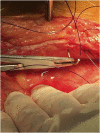
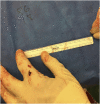
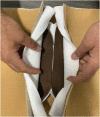
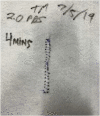
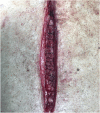
References
Publication types
LinkOut - more resources
Full Text Sources
Miscellaneous

